Sarit Shani Hay wears many hats. She’s an award-winning designer, a multi-disciplinary artist, a book author, a mother, a lecturer. Her crown, however, is as a celebrated pioneer in the creation of inspiring spaces for children.
A significant focus of her 30-year career has been dedicated to developing environments that combine art and design, and promote engagement and learning for kids. She not only tackles the concept, she also selects every element in the space, often developing her own unique furniture and accessories creations – soft hand-made dolls, toys, bean bags, pillows, chairs, custom hand-sewn textiles, rugs, and wooden playhouses, to name a few.
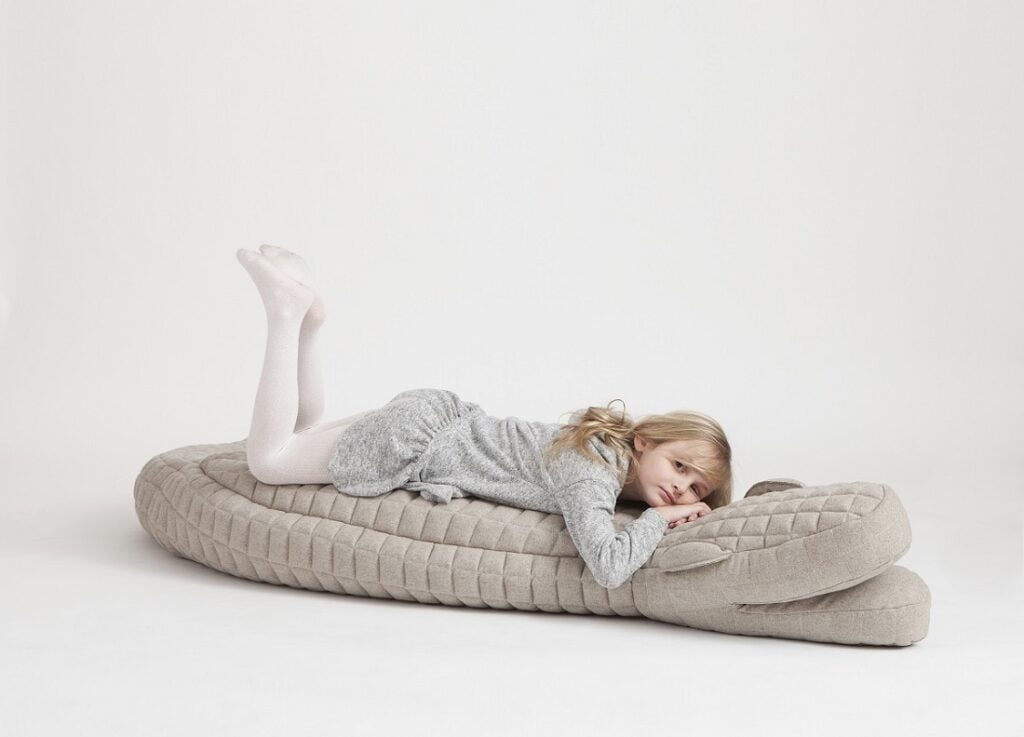
SEE ALSO: 4 Contemporary Female Artists To Keep An Eye On In 2021
Through her Tel Aviv-based studio, she designs children’s bedrooms, elementary schools, kindergartens, child-centric public spaces, and kids’ centers in hospitals and hotels. She also lectures internationally on pedagogical environments and recently published a bilingual book documenting her work on design and innovative learning spaces in the 21st century.
She draws inspiration from the works of famed Italian educator and physicist Maria Montessori, who developed an early education method and philosophy that bears her name. It rests on the belief that children have a natural desire to learn and that education should combine self-directing activities guided by highly-trained teachers, collaborative play, and hands-on experiences. A Montessori-inspired space would be designed from a child’s perspective to encourage creativity and independence – every element in the room should be accessible with a top focus on functionality and minimalism.
“I believe that design influences child development, and the work I do sees kids as they are naturally – learning and playing,” she tells NoCamels.
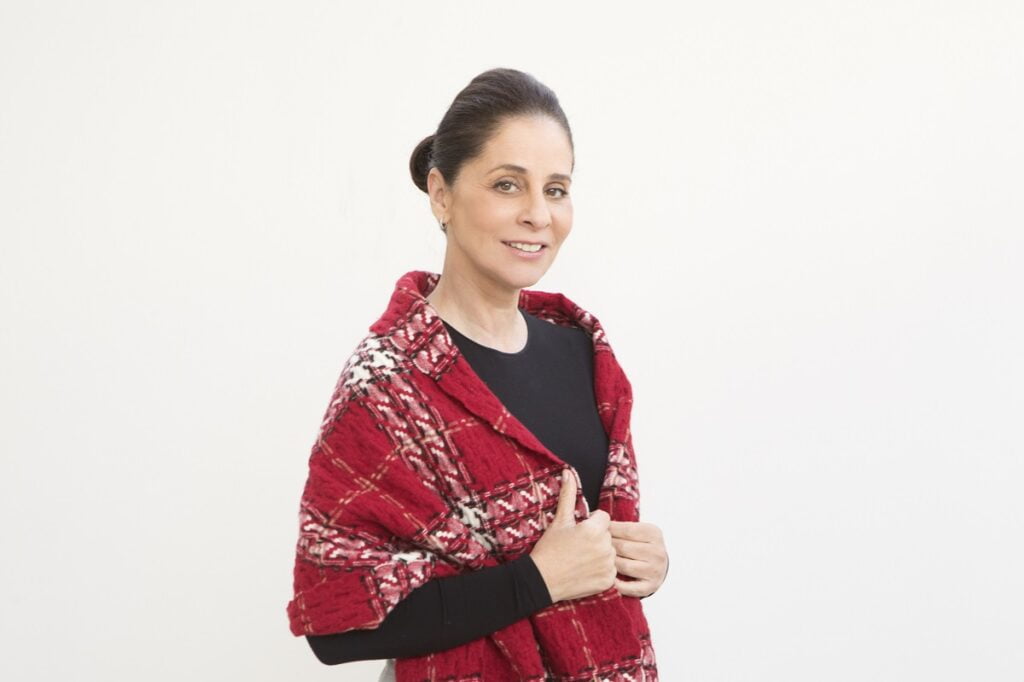
Hay’s immersion in this world began with the birth of her first child in the early 1990s.
“I found my calling when my daughter was born,” Hay says. “I call it the ‘big bang’ – I gave birth to a kid and a career,” she laughs.
At the time, she was back in Israel after spending some time in New York and London, where she earned a degree in art and design. She wanted to design a bedroom for her daughter but couldn’t really find what she was looking for.
“There weren’t that many options in Israel then, so I started the concept myself,” she recalls.
Hay believes “that the environment children grow up in is the ground on which their sensibilities develop, and that childhood should be treasured and celebrated.”
Hay applies this intuitive approach to everything she does. She designed her first piece of furniture for kids – a chair – in Nigeria, where she and her husband spent some time living and working as parents of young kids. She’d been to a market where blind sellers sell their wares and came across beautiful patterns that served as the source of inspiration for her hand-woven chairs, later expanding to children’s beds and tables.
Bedrooms, schools, and more
Back in Israel after Africa, her journey from designing private bedrooms and playrooms to schools and public spaces felt like a natural extension, she says.
“You want the kids to really experience the design and create engagement, learning, and fun,” Hay explains.
She describes six key guiding principles when working with schools. First, listening – there is a lot of conversation and dialogue with teachers, educators, and administrators on the educational philosophy of the school, and that drives the vision for the design, Hay says. Second, flexibility – the ability to move things around to accommodate different environments is a top priority. Third, learning and function – kids are given a range of options on where they could spend time for different experiences, and every element serves a purpose. Fourth, balance – equal weight is given to public space and more private spots, like nooks for reading or relaxing. This is especially important for kids with ADHD, for example, or children on the autism spectrum, Hay says. Fifth, technology – there is always an integration of some sort of tech into the spaces. And sixth, durability – there’s a strong emphasis on long-lasting, safe materials.
Hay’s recent work in the Bikurim school in Tel Aviv, the first inclusive school in the city, earned the 2020 social design award from Frame, an Amsterdam-based media company focused on design and architecture. The school caters to children with disabilities and learning difficulties, who make up about a quarter of the student body.
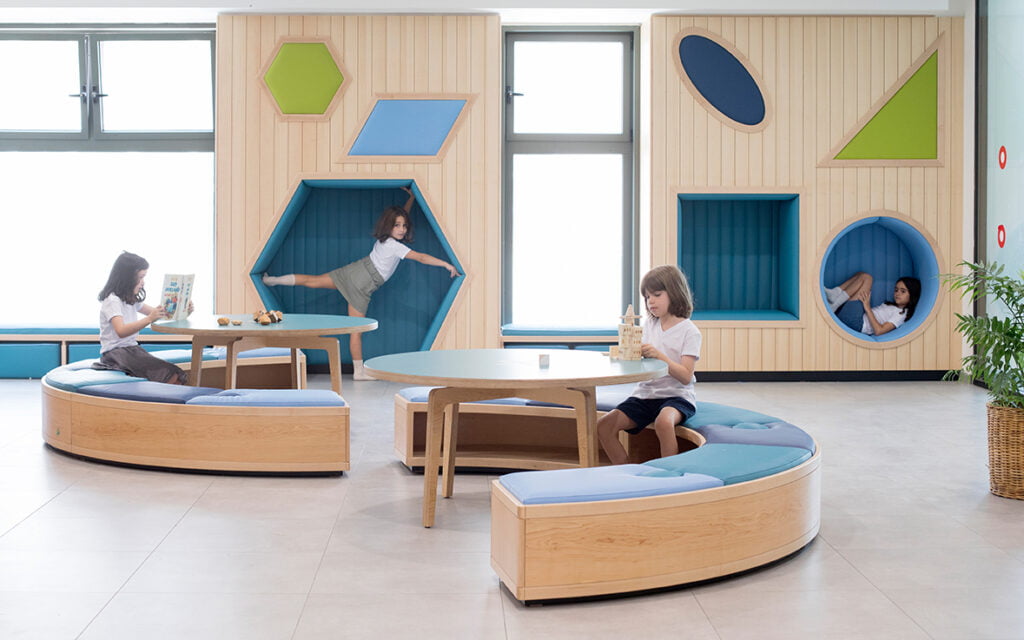
Hay designed two of the floors in the six-story building, home to about 500 students from grades 1-12. The space features bright colors, clean lines, a lot of wood, geometric nooks, and a yoga and meditation space.
“We wanted a design that works for everyone, and promotes equality and accessibility [it is wheelchair-friendly],” she tells NoCamels.
“This project gave us the opportunity to explore in-depth what happens when design meets pedagogy and how can we use design as a tool for social change – as a tool for promoting inclusion, and enhancing all children’s well-being,” Hay told Dezeen magazine in April after her win.
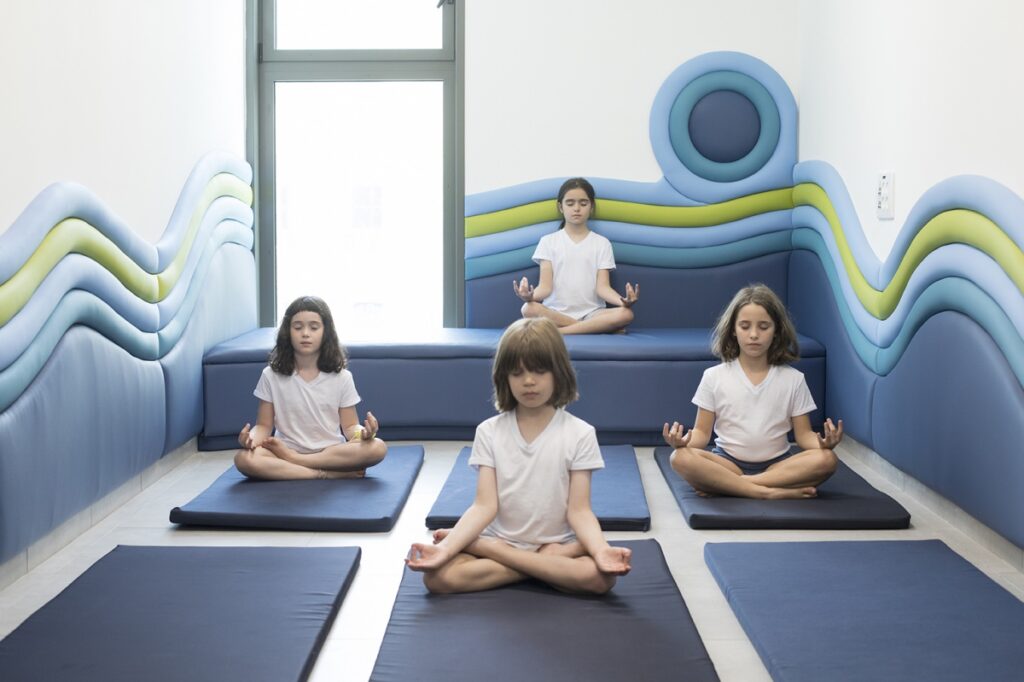
Another school space in Tel Aviv Hay helped redesign applied the same concept. The Hayarden school in the city’s Hatikva Quarter is housed in a building first built in the 1960s when the popularity of Brutalist architecture in Israel was at its height. The style is characterized by exposed building materials like concrete and favors function over design.
The school itself has over 300 pupils from kindergarten to sixth grade, and many kids from Israel’s migrant, asylum seeker, and refugee communities make up the student body population.
Sign up for our free weekly newsletter
Subscribe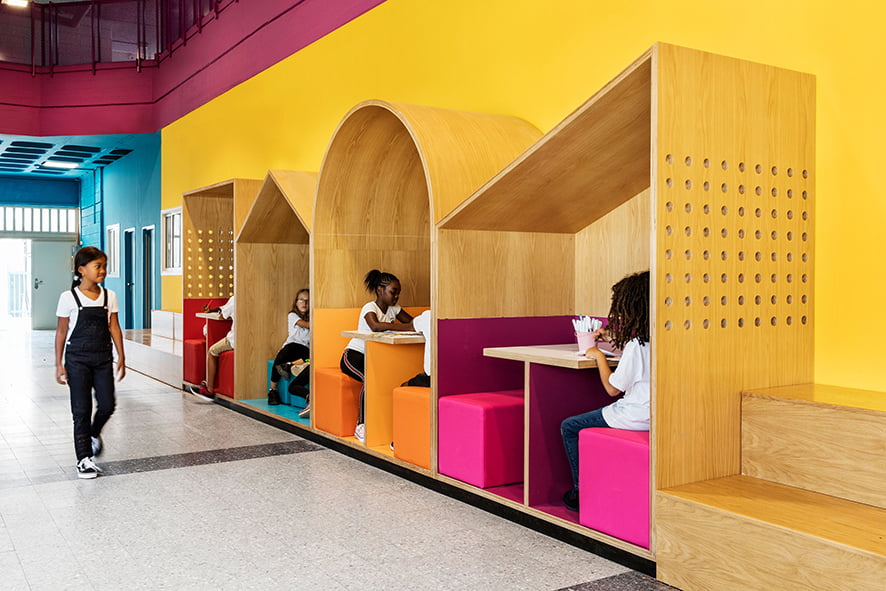
Hay, together with a team of local architects, overhauled the school’s communal spaces, the lobby, and the corridors, adding strong colors like bright canary yellow, fuchsia, and azure to the massive concrete walls and staircases – breathing new life into an otherwise drab environment. The lobby was sectioned into a few areas in different geometric shapes, allowing the kids to study, read, play, or just hang out in groups or in alone.
“We all strongly believe in the importance of aesthetic and designed learning environment for all children, especially in… disadvantaged areas, where school becomes a second home for these children who mostly don’t have the safe and intimate corner in their own home,” Hay writes.
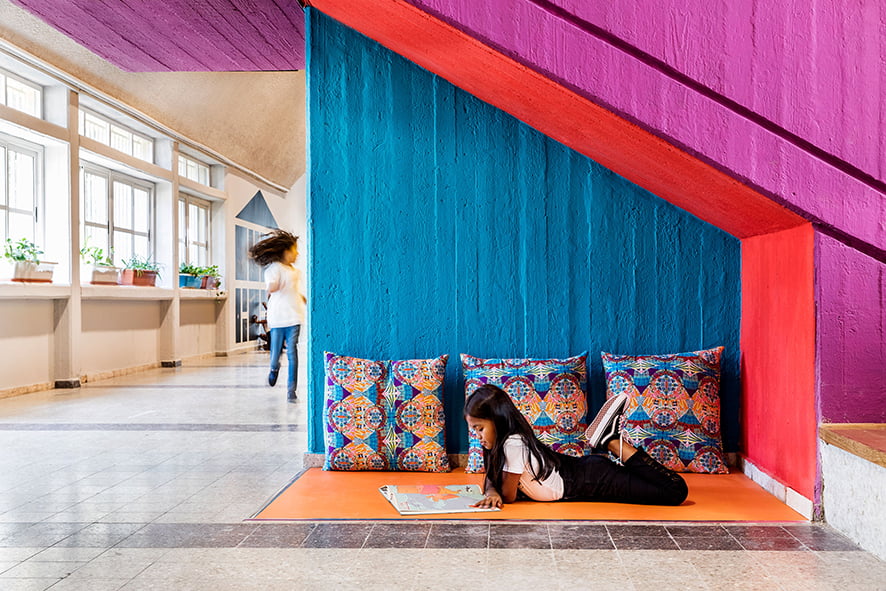
She tells NoCamels that this project, done pro bono, felt like a service to a community that already suffers terribly. And there was great feedback from administrators.
“Design can be a tool for social change,” she says.
Hay has worked on designing a number of other schools, kindergartens, daycare complexes, educational centers in Israel, and has built design concepts for schools abroad including in Spain, Sweden, the UK, and the US.
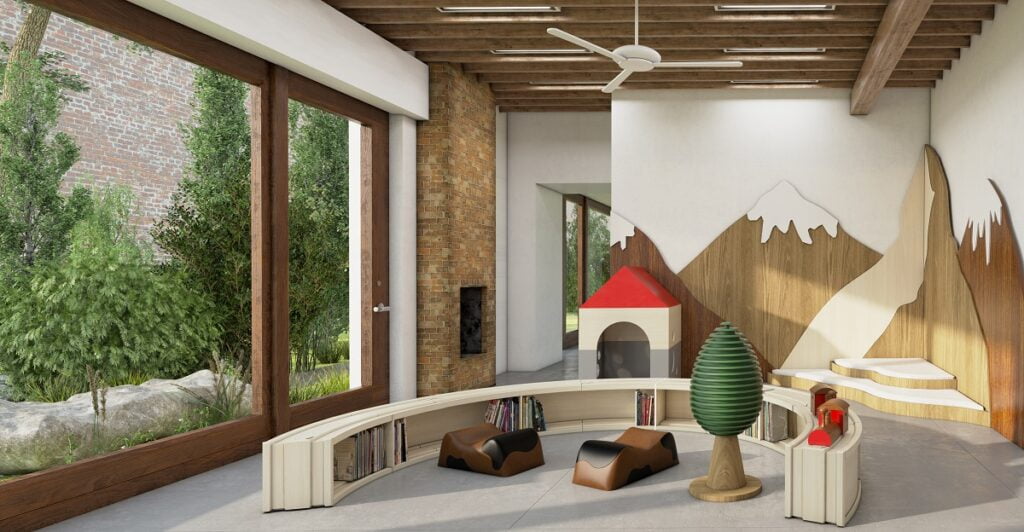
Therapeutic spaces
In recent years, Hay’s creativity and expertise have led her to connect with hospitals across Israel to develop spaces dedicated to children.
At Tel Hashomer Hospital in Tel Aviv, for example, she designed a therapeutic- educational space in the surgical department for children aged 3-18 who are about to go through a medical procedure.
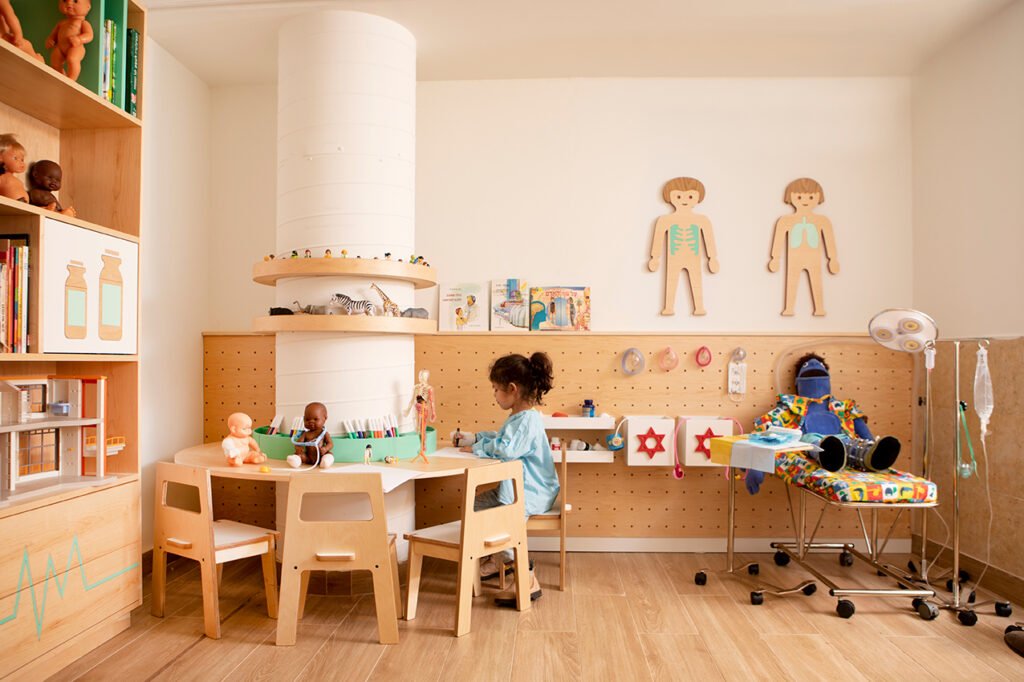
“Space affects moods and experiences,” she tells NoCamels. Kids about to have surgery may have worries and anxieties. The space helps them prepare though play in a welcoming, pleasant environment where they can be part of the process, Hay explains.
At the Abarbanel Mental Health Center in Bat Yam, Hay designed a “makers hall” where young patients can create arts and crafts. Activity stations include a clay kiln, a ceramic printer, a 3D printer, robotics, a space for textile prints, sewing machines, and an embroidery machine.
Hay writes that the space “encourages the joy of creation, while still maintaining a sense of peace and order without overstimulation.”

“We tried to use very durable materials, and a formalistic design language, combining geometric shapes with a limited color palette. It has the warm Scandinavian qualities with a lot of white, but also includes splashes of red and blue, encouraging smiles from all those who enter it,” she says.
And at the Pediatric Hemato-Oncology Unit at the Dana Children’s Hospital in Tel Aviv, Hay created a center that “offers a playful refuge” that allows the children and their families to put aside their illness for a while.
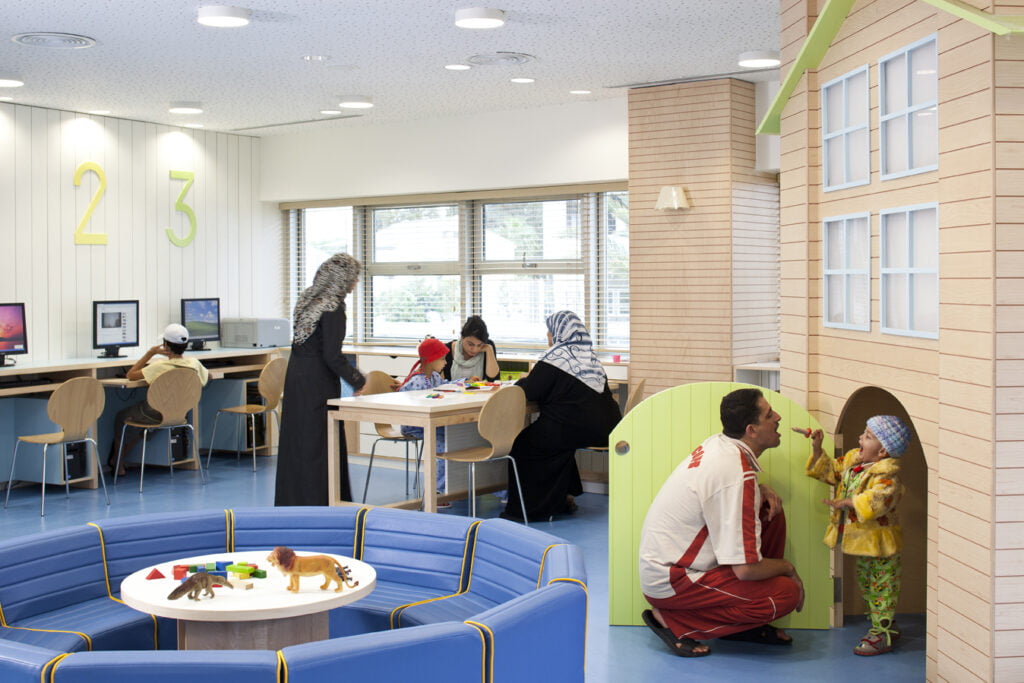
This year, Hay is gearing up for the opening of the activity space she designed at the David Citadel Hotel in Jerusalem, which features soft Ottomans, a “market” inspired by the city’s famous Machane Yehuda market, a cave, and a windmill.
For kids staying at hotels, “there can be a sense of displacement,” she says, and kids’ clubs and centers can be a “home away from home.”
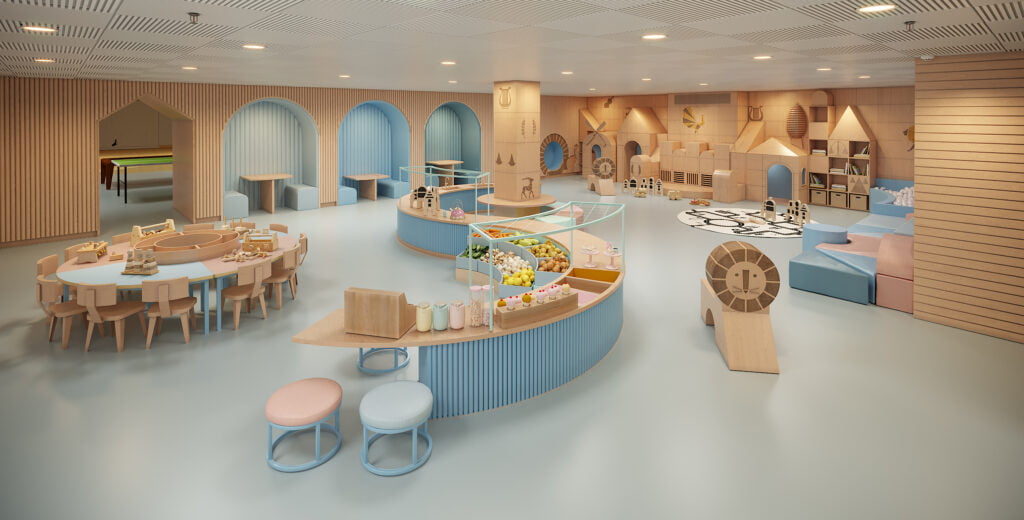
Hay also designed a desert-theme child-centric space at the new Six Senses Shaharut resort in the Negev, overlooking the Arava valley. The soft camel-shaped poufs will likely be a crowd favorite.
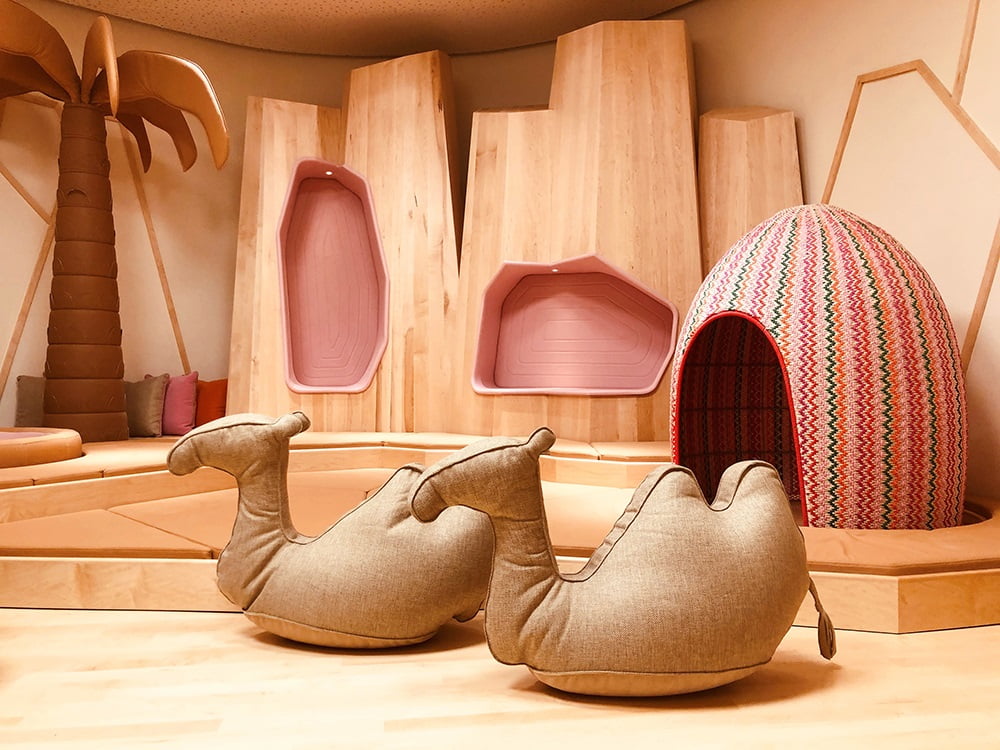
Creative spaces for kids – The book
Hay recently published her first book, “Creative Space For Children,” after five years of hard work.
SEE ALSO: Israeli Comic Artists Release New Book Illustrating Relatable Family Adventures
The book is bilingual, with texts in English and Hebrew, and beautiful sketches and photos of her designs, with a dedicated chapter on her process of designing for children. It was five years in the making.
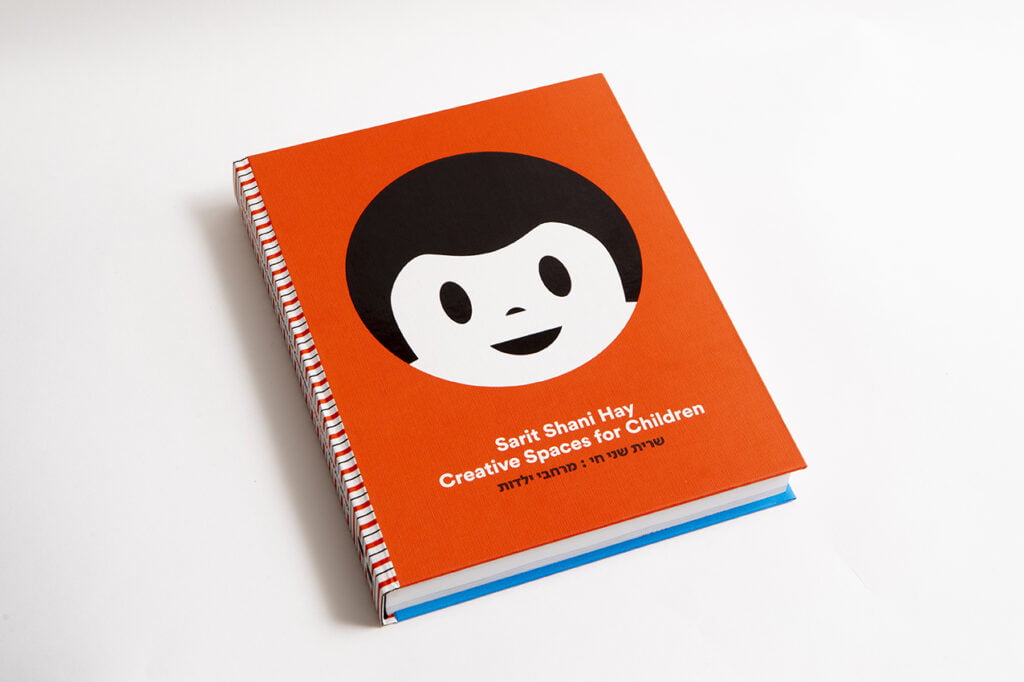
“The book was born out of a desire to take stock of my life’s work, and send my soul into the universe,” Hay says.
She hints that another book may soon be in the offing.
Related posts

Rehabilitation Nation: Israeli Innovation On Road To Healing

Israeli High-Tech Sector 'Still Good' Despite Year Of War


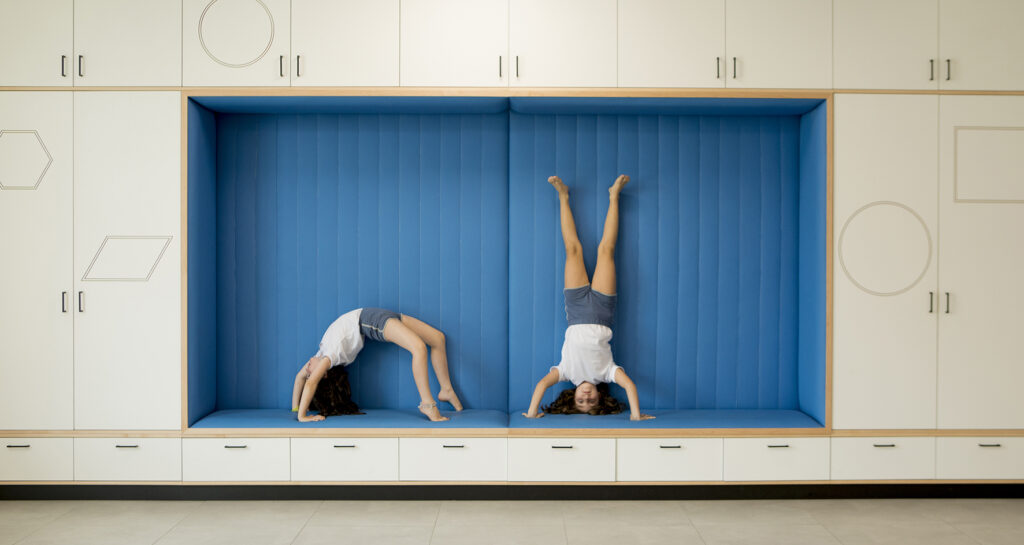


Facebook comments